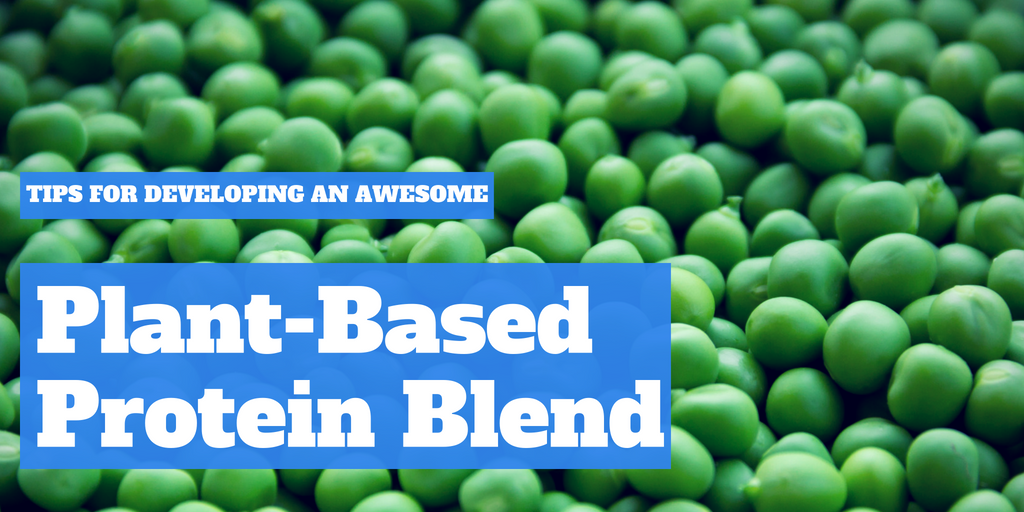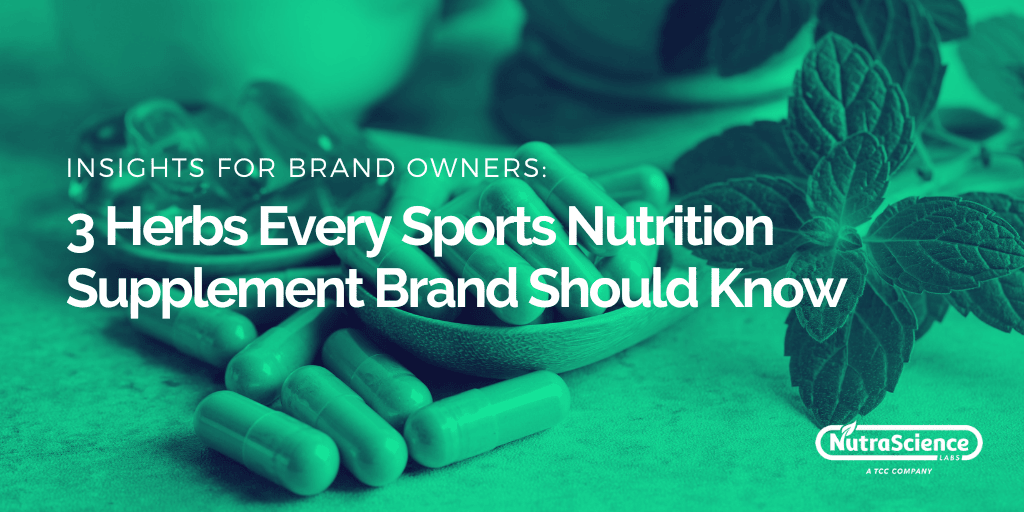How to Develop a Plant-Based Protein Your Customers Will Love
Veggies, please! Lately, the health and wellness community can't seem to get enough plant (and plant-based) proteins! With the demand for vegan and vegetarian proteins on the rise, we couldn't help but wonder: When it comes to manufacturing a top-selling plant protein, what's more important – taste or texture?
Do you have your answer? 'Cause we have ours!
When it comes to crafting a shelf-hopping textured plant protein, the answer is...

In fact, both taste and texture are tremendously important factors when it comes to crafting a plant protein that people will actually enjoy taking.
(And anyone who says otherwise has clearly never tried to swallow a predominantly brown rice Protein blend or tasted a Hemp protein-based blend.)
Funny enough, for inexperienced and experienced dietary supplement manufacturers – a good (let along great) tasting plant protein can be one of the most difficult to manufacture. Over the years our team has worked on how to make plant-based protein powder taste better and has got it right.
Here are some of the most common mistakes we've seen competitors make:
Key Taste & Texture Mistakes to Avoid When Formulating a Plant (or Plant-Based) Protein Blend
Some of the biggest players in the plant-based protein arena are Brown Rice, Pea, Hemp, and Soy protein. While each protein variety does have its advantages, each of the four varieties has a handful of characteristics that should always be kept in mind during the formulation process (especially if your end goal is to create a product that's palatable).
Working with Brown Rice Protein
Brown Rice Protein Taste: While Brown Rice protein may be one of the more popular plant proteins on the market (often finding itself a key component in plant protein blends), its taste has been described as "faintly reminiscent of cardboard and air."
Brown Rice Protein Texture: Despite being a key component in various plant protein blends, brown rice proteins have been called out by many for its incredibly dry and chalky consistency.
Manufacturing Note: Despite its growing popularity, Brown Rice protein can be a surprisingly difficult ingredient to source. Within the nutraceutical industry, most types of rice and rice protein have been recognized as being prone to heavy metal contamination, which can translate to longer sourcing and lead times for BR protein- containing products.
Like the rest of the proteins on the list, the key to making Brown Rice protein taste great is finding the right ingredients to blend it with and some excellent flavoring work.
Working with Pea Protein
Pea Protein Taste and Texture Hurdles: While pea protein may not be as dry as Brown Rice protein, it can have a bit of an aftertaste (which, as is always the case with taste, some people find less than appetizing).
One of the more popular plant proteins of the moment, pea protein, is usually used in protein blends containing other plant proteins and ingredients.
Working with Hemp Protein
Hemp Protein Taste and Texture Hurdles: In this industry, people tend to have some strong feelings about Hemp protein. While we've heard stories about people liking the taste of hemp protein, it seems as though the majority of people find it to have an overwhelmingly earthy taste.
Our advice when it comes to including Hemp protein in your plant protein blend: Taste a little first.
Manufacturing/Formulation Note: Thanks to its undeniably strong taste, it doesn't take much hemp (as little as 1 gram per serving) for the taste of your protein blend to change.
Working with Soy Protein
Taste and Texture Hurdles: While textured soy proteins may be one of the better tasting proteins, it's currently the owner of one of the most damaged protein reputations (thanks largely to concerns about its estrogen content and global conversations about GMOs).
Despite the slightly tarnished reputation, the textured soy protein market may still be an option worth considering for your plant protein blend. But, be warned - adding too much Soy to your formula can cause your protein to take on a super thick (vaguely mud-like) consistency.
Other Plant Protein Flavoring & Manufacturing Tips
Along with keeping all of the above in mind, you may want to consider the following:
- Along with other proteins, adding greens, grains, and other seeds (think ingredients like flax and chia) to your protein blend can be an effective way to set your product apart from the rest.
- Fact: Plant-based materials (like plant proteins) simply don't take flavor the same way that milk-based products (like whey or casein proteins) will. That being said, chocolate has been found to be a universally effective protein flavor.
- Chances are, you're going to have to add other ingredients and agents to your plant protein blend in order to create a satisfying and palatable "mouth feel" or texture.
- All four plant protein varieties listed have unique flavor profiles that require you to add different ingredients so consumers can enjoy them. For example, brown rice protein powders are often associated with the mild side of the flavor spectrum. Others like pea and hemp are often recognized by their overpoweringly earthy flavor profiles. Hence, there is no one-fits-all flavor solution.
Powder Supplements Manufacturing Process
The protein powder supplement manufacturing process includes several procedures and steps to produce a high-quality protein powder supplement. A thorough understanding of the end consumers’ preferences and tastes will allow your supplement to stand out in the highly competitive protein supplement market. Simply put, you need to know why people are purchasing your product and the flavors they’re looking for. This will lead to more reorder business and help grow your protein brand. Learn more about the powder supplements manufacturing process at the given link.
The Takeaway
At the end of the day, formulating and flavoring a rock-star plant protein blend can have its challenges, but with the help of an experienced production, flavoring, and manufacturing team it's more than possible to create a great tasting plant protein.
Still not sold on the benefits of adding a plant-based protein to your supplement line? I recently recorded a podcast with Ryan Gillen, one of our account managers, that covers this topic in great detail that I believe you'll really enjoy. Click the video below to watch the podcast.
If you're ready to bring a high-quality plant protein dietary supplement to the market, call 855-492-7388 to speak to one of our knowledgeable representatives or send us your request for a free manufacturing price quote!










